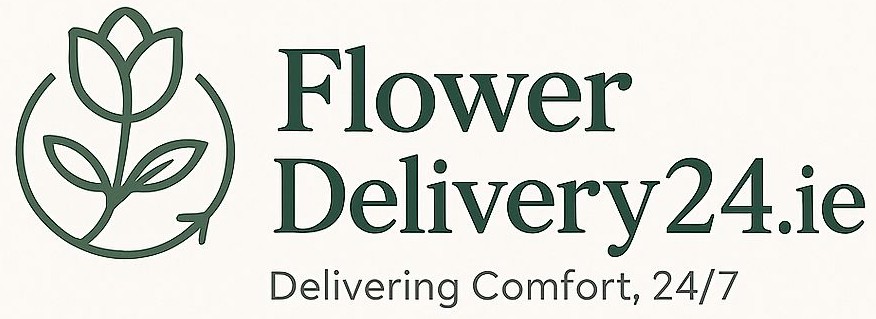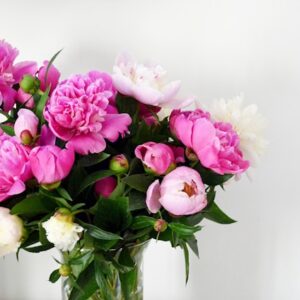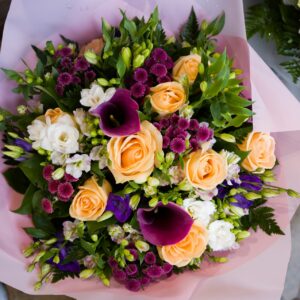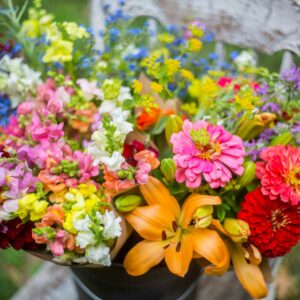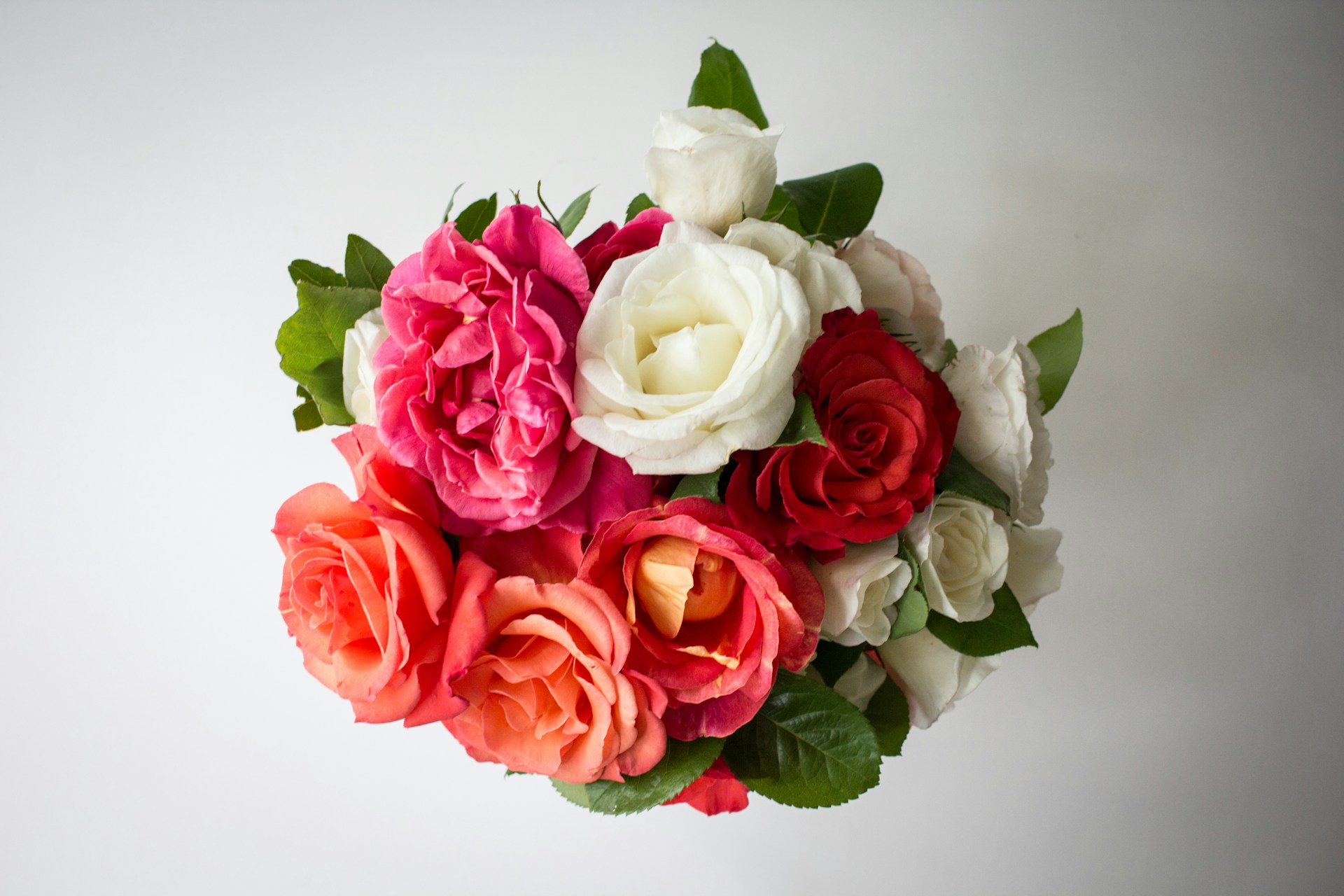The flower delivery industry experiences periods of intense activity, aptly described as the “flower delivery rush.” This surge in demand, often concentrated around holidays, significant events, and unforeseen circumstances, presents both incredible opportunities and significant challenges for florists, delivery services, and even the end consumers eagerly anticipating a fresh bouquet. Understanding the intricacies of these high-pressure periods is critical for anyone involved, from the seasoned floral designer managing inventory to the average person sending a thoughtful gift. This comprehensive guide delves into the nuances of the flower delivery rush, providing insights and actionable advice to help you navigate these busy times with grace and efficiency.
Understanding the Anatomy of the Flower Delivery Rush
The flower delivery rush isn’t a singular event; it’s a cyclical phenomenon influenced by various factors. Major holidays like Valentine’s Day, Mother’s Day, and Christmas unsurprisingly drive the most significant spikes in demand, requiring florists to prepare months in advance. These are peak periods that necessitate meticulous planning for procurement, staffing, and delivery logistics. The unpredictable nature of these busy seasons makes it essential to anticipate changes in customer preferences and potential disruptions in the supply chain to minimize potential bottlenecks.
Beyond holidays, events like weddings, funerals, and corporate gatherings also contribute to the heightened demand. These often require large-scale orders and specific floral arrangements, adding another layer of complexity. Furthermore, unforeseen events, such as a major illness or a sudden death, can trigger a spike in demand for sympathy flowers. This requires florists to maintain a diverse inventory and the flexibility to accommodate last-minute orders, underscoring the crucial role of adaptability in the business. Proactive marketing plays a significant role in managing expectations during these rushes.
Key Events Triggering the Flower Delivery Rush
As mentioned, major holidays are the primary drivers. Valentine’s Day, with its romantic associations, consistently tops the list, followed closely by Mother’s Day, a time for expressing love and appreciation. Christmas, often featuring festive arrangements for homes and offices, also fuels high demand. Beyond these, specific regional holidays and cultural events can contribute to increased business. These events necessitate substantial inventory and a dedicated delivery team, highlighting the importance of strategic preparation.
Wedding season, although less concentrated than holidays, constitutes a sustained surge over several months, demanding elaborate arrangements and personalized service. Funeral services, while occurring at any time, often result in a concentrated demand for sympathy flowers and arrangements during specific periods. Corporate events, ranging from product launches to employee recognitions, can create large, time-sensitive orders. Florists able to cater to these diverse needs have a distinct advantage during the flower delivery rush.
Strategic Planning for Florists During the Rush
Florists must adopt a proactive, multi-faceted approach to handle the increased demand effectively. Early planning is paramount; this includes forecasting demand based on historical data, market trends, and marketing efforts. Securing supplies well in advance is essential to avoid shortages, which is a common issue during the busy periods. This also involves negotiating favorable terms with wholesalers and establishing backup plans for sourcing specific flowers if needed. The use of specialized software can improve efficiency.
Staffing becomes a crucial aspect of preparation, requiring florists to recruit, train, and schedule additional personnel to meet delivery demands. This includes floral designers, delivery drivers, customer service representatives, and even administrative support. Investing in effective employee training, including floral design techniques and customer service protocols, can significantly impact the quality of the final product and the customer experience. A well-trained team can navigate the rush with professionalism and efficiency.
Effective inventory management is critical to minimizing waste and maximizing profits. Florists must accurately estimate the required quantities of each type of flower, greenery, and other supplies while keeping an eye on the perishable nature of the products. Implementing a robust inventory tracking system and regularly monitoring stock levels are crucial steps. This data allows for more accurate demand forecasting in the future. Utilizing cloud-based software or other technology can greatly assist in streamlining inventory control.
Customer Service and Delivery Logistics During Peak Seasons
Exceptional customer service can significantly differentiate florists during peak seasons. Clear communication, transparency about order processing times, and proactive updates about delivery status are essential to managing customer expectations. Florists should also have robust systems in place to handle inquiries, complaints, and any issues that may arise during the rush. This responsiveness builds trust and loyalty, fostering positive word-of-mouth marketing.
Delivery logistics are critical during peak demand, especially in urban environments with heavy traffic. Planning efficient delivery routes, utilizing GPS tracking for delivery drivers, and employing a reliable delivery fleet are essential strategies. Partnering with third-party delivery services can augment in-house resources, but florists must carefully evaluate the quality and reliability of such partnerships. Optimizing the entire process – from order confirmation to final delivery – is the key to customer satisfaction.
Technology’s Role in Streamlining Operations
Technology plays a crucial role in managing the flower delivery rush. Implementing online ordering systems, order management software, and delivery tracking tools can enhance efficiency and improve the overall customer experience. These systems automate many manual tasks, reduce errors, and provide valuable insights into customer behavior and demand patterns. Integrating these technologies can significantly improve the efficiency of your floral business.
Utilizing social media and email marketing to communicate with customers about special offers, delivery times, and order cut-off dates can also be highly effective. Social media provides an opportunity to interact with customers in real-time and address any issues quickly. Investing in a user-friendly website and a mobile-friendly ordering process is also essential in today’s digital landscape. Effectively using technology provides an edge during the rush.
Tips for Consumers Ordering Flowers During Peak Times
Consumers can also play a role in ensuring a smooth flower delivery experience. Placing orders well in advance, especially for holidays, is highly recommended to guarantee availability and secure desired delivery dates. Being flexible with flower choices and delivery times can increase the likelihood of a successful delivery during the rush. Considering alternative flower arrangements or color palettes can also increase the chances of getting your preferred arrangement.
Providing accurate and complete delivery information, including the recipient’s name, address, phone number, and any special instructions, is also essential. Double-checking this information before submitting the order minimizes the risk of delivery delays or errors. Being available or ensuring someone is available at the delivery location can further facilitate a seamless delivery. Remembering these crucial details can make your order go smoothly.
Understanding and respecting the florist’s policies regarding order cancellations and refunds is crucial. Familiarizing yourself with the florist’s cut-off dates for placing orders and any restrictions on delivery times can prevent disappointment. Providing feedback to the florist about your experience, whether positive or negative, can help them improve their services. These proactive measures can help customers receive their desired flowers without complications during the rush.
The Future of the Flower Delivery Rush
The flower delivery rush continues to evolve, shaped by technological advancements, changing consumer preferences, and evolving supply chain dynamics. The rise of e-commerce and on-demand delivery services is further intensifying competition, pushing florists to innovate and streamline their operations. The integration of artificial intelligence and automation into order management and delivery optimization is also on the horizon. Adaptability is key.
Sustainability and ethical sourcing are gaining prominence, with consumers increasingly interested in the origin and environmental impact of their flowers. Florists are responding by offering sustainably sourced flowers and packaging, creating a competitive advantage. This requires a commitment to sourcing practices that minimize waste and promote environmentally friendly practices. Looking forward, innovation will be key to success.
The future likely holds a more sophisticated and customer-centric approach to flower delivery. Florists who prioritize customer experience, embrace technology, and adapt to changing market conditions will thrive during the flower delivery rush. Investing in training, technology, and customer service will pave the way for sustained success. Ultimately, the ability to deliver beautiful flowers and memorable experiences, even during the busiest times, will remain the hallmark of a successful floral business.
“`
